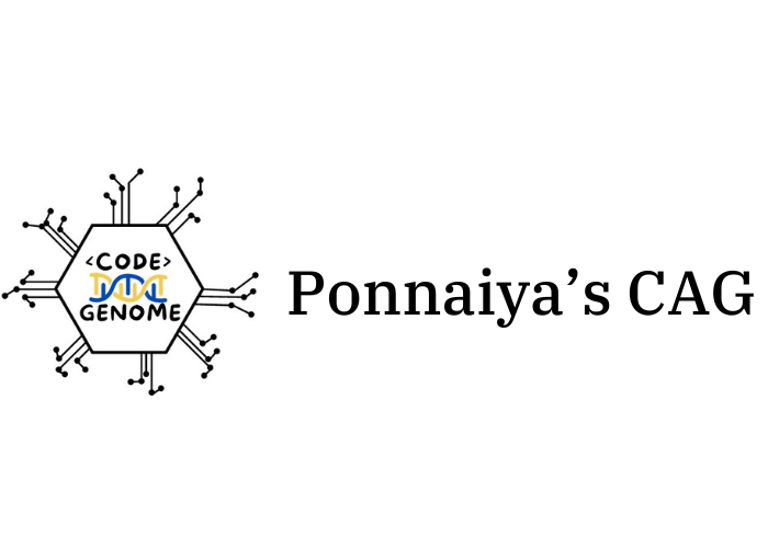Course Registration
At Ponnaiya's Code and Genome Pvt Ltd, we also excel in the bioinformatics industry by offering innovative solutions and comprehensive training programs. Our "Python For Biologist" course is designed to bridge the gap between data science and Biology, empowering researchers and professionals with essential skills. We specialize in providing hands-on training, from basic Python programming to advanced applications in bioinformatics, data visualization, and AI & Machine Learning modeling.
With a strong focus on education, we offer flexible courses tailored to beginners and experts alike, ensuring a seamless learning experience. Our programs are enriched with real-world datasets, expert mentorship, and industry-relevant projects. By combining excellence in training with cutting-edge bioinformatics expertise, we aim to shape the next generation of data scientists and bioinformaticians, driving impactful contributions to science and healthcare.
Python For Biologist
Day 1: Python Basics for Biologists
The course begins with an introduction to Python and its relevance to biology. Participants learn core programming concepts like variables, data types, lists, dictionaries, loops, and conditionals. By the end, they can write a script to print a DNA sequence and count nucleotide frequencies.Day 2: Files & Functions for Biological Data
Participants explore how to read and write biological data files, especially FASTA formats. They learn to define functions, handle file paths, and manage common input/output errors. The practical task involves extracting GC content and sequence length from a FASTA file and saving the results.Day 3: Biopython & Bio.Seq Module
Learners are introduced to Biopython and its powerful Seq and MutableSeq classes. They apply functions like .complement(), .reverse(), and .translate() to perform transcription and translation on DNA sequences.Day 4: Regular Expressions & Bio.SeqIO
This day covers the use of Python's re module to search for motifs in DNA and introduces Bio.SeqIO for parsing FASTA and GenBank files. Participants extract gene records and identify promoter motifs through pattern matching.Day 5: Biological DataFrames with Pandas & NumPy
Students learn to use pandas and numpy for handling biological datasets. They read gene expression tables, perform filtering, compute summary statistics, and manage missing data to uncover biological patterns.Day 6: Data Visualization with Seaborn & Matplotlib
The focus shifts to visualizing biological data. Using seaborn and matplotlib, participants create bar charts, scatter plots, heatmaps, and styled plots. They visualize relationships like gene count vs genome size across species.Day 7: Advanced Pandas – Grouping & Aggregation
Building on Day 5, learners explore group-based operations, pivot tables, and dataset merging techniques. They generate species-level summaries of genome sizes and protein ratios from real datasets.Day 8: Intro to AI/ML for Bioinformatics
An introduction to machine learning in biology, this session covers basic ML concepts, algorithms, and data preprocessing. Participants build a simple classifier to distinguish coding from non-coding sequences using scikit-learn.Day 9: Deep Learning for Biological Data
Deep learning principles are explained through CNNs, RNNs, and DNNs. Using Keras and TensorFlow, participants build a neural network model for DNA sequence classification and discuss its applications in genomics and drug discovery.Day 10: Project Day & Real-World Applications
The final day is hands-on, integrating Biopython, pandas, and ML/DL techniques into a complete mini-project. Participants build an end-to-end analysis pipeline and discuss challenges in real-world bioinformatics, preparing for further exploration in the field.
